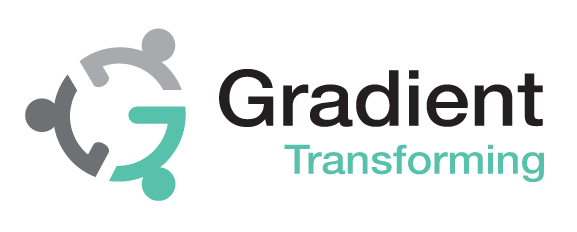Is ERP system selection on the horizon?
Worried about system selection mistakes? Having now been helping clients specify and select new business systems for over 26 years, we have witnessed the good, the bad and the ugly approaches to what can be a daunting task. Regardless of market sector, business size, available budget or urgency of timescales, we believe there is a tried and tested process to successfully specify, select and implement business systems.
So this month, Paul looks at the top four system selection mistakes we’ve encountered when it comes to choosing a new ERP, and, more importantly, how to avoid them.
Number 1 – Lack of Buy In
We get enquiries from owners, directors and senior managers in need of our help to review their current business systems and potentially help them select new ones. We prefer to meet a prospect face to face and see for ourselves their offices, factory, warehouses and at the same time meet their team. However, too often it quickly becomes apparent that there is a sole voice driving change with insufficient consultation with peers or worse still budget holders. This means an ill-defined or absent business case and hence a limited chance that the initial investment required to even find a new system will be signed off when expected.
RECOMMENDATION: Gain commitment and support from the very top before starting on an ERP selection process. Be realistic on likely costs, effort and timescales to complete this first phase, let alone the eventual implementation. Our Business Systems Health Check is an easy and quick way to help you prove a business case for change.
Number 2 – Lack of Scope
We use the term ’business systems’ in its loosest form for good reason. The more specific term ’ERP’ means different things to different people. Also, not all ERP systems are alike in terms of the core functions they offer. So, we encourage our clients to initially ignore systems and solutions and instead think about business processes and functions, used by departments and teams.
There’s quite a difference between a system working well and delivering results, to another that’s unstable and reliant on manual workarounds and spreadsheets. It can be too easy to aim high by wanting to replace everything at once with one new system, rather than considering a less risky, phased approach.
RECOMMENDATION: Prepare a simple matrix of what systems are in use now, by whom and for what purpose. Then make a rough-cut assessment (High to Low, or 1 to 3) of what you believe needs fixing or changing soonest – that then creates a form of shopping list of what you are looking to buy. A key purpose of our initial pre-sales visit is to clarify scope at the earliest stage in order to create a shared understanding of what’s urgent versus what can wait.
Number 3 – Poor buying criteria
Whilst we partner with clients as their ’internal’ resource to effect both project and change management, we also get called in to rescue implementations that have gone astray. One of the most common reasons for this is the lack of a detailed requirements specification or even a list of requirements when the chosen solution was reviewed and selected.
This can happen for a number of reasons – for example, a key sponsor may have used ’ERP Solution X’ previously so it’s seen as a safe bet, or a solution was selected based on a very early high-level demonstration from a vendor, or worse still the incumbent system is just being upgraded. If you’re lucky, any one of these options might work out well, but more often than not it will mean extended timescales, costs and delayed returns on investment.
RECOMMENDATION: At the very least, conduct a review of what your business processes look like today and then bearing in mind your business plans, what you believe you need in future. Don’t assume all ERP, CRM or other business systems can just be adapted to your needs, that is unless you’ve got very deep pockets. Our System Selection process helps avoid this by including detailed discovery as its starting point.
Number 4 – Buying on price
Now this is a tricky one given there can be so many demands on any business wishing to grow and often if business systems are ’just about’ working, then the drive to make a change can be low on the agenda. Having overcome that hurdle and you are some way down a solutions comparison path, then the cost of a new implementation will be an important factor in your choice.
However, we’d urge caution in placing too much emphasis on initial costs from the shortlisted vendors, few of which in our experience are like for like, can be less than clear on what’s included and tend to focus on initial costs rather than a 3 to 5 year total cost of ownership. The real danger is making compromises on too many features and functions purely to keep within a budget.
RECOMMENDATION: Be realistic in the investment needed for implementation and consider ALL costs, internal and external. Insist that potential vendors present like for like costs where possible with 3 to 5 year costings as well as confirmation of likely price changes beyond the first year. Our scoring of vendor responses does all this and more and makes sure functionality is considered at the same time as price.
We could list more than this, of course, but we hope this gives you a flavour of what and how to avoid these types of system selection mistakes we’ve encountered in our years of supporting people in choosing their new business system.
We’d love to help you on your selection journey, please get in touch for an initial chat.

